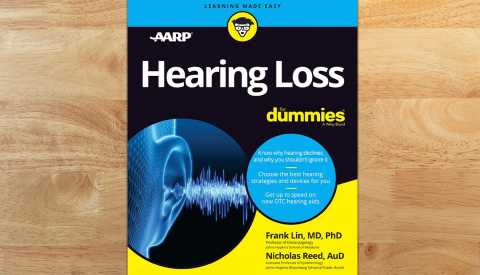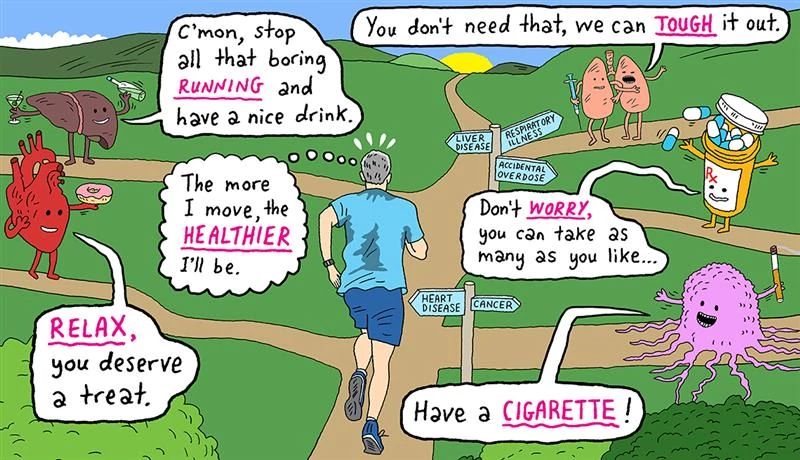Staying Fit
Conditions & Treatments
Prevention tips, early warning signs, treatments and expert advice on a range of health conditions
Catch Up On the Latest News


AARP Membership
$12 for your first year when you sign up for Automatic Renewal
Get instant access to members-only products and hundreds of discounts, a free second membership, and a subscription to AARP the Magazine.
AARP IN YOUR STATE
Find AARP offices in your State and News, Events and Programs affecting retirement, health care and more.
Features And Resources


Brain Health
Brain Health Resources


Quizzes
Eye Protection Quiz


Hearing Resource Center











































































